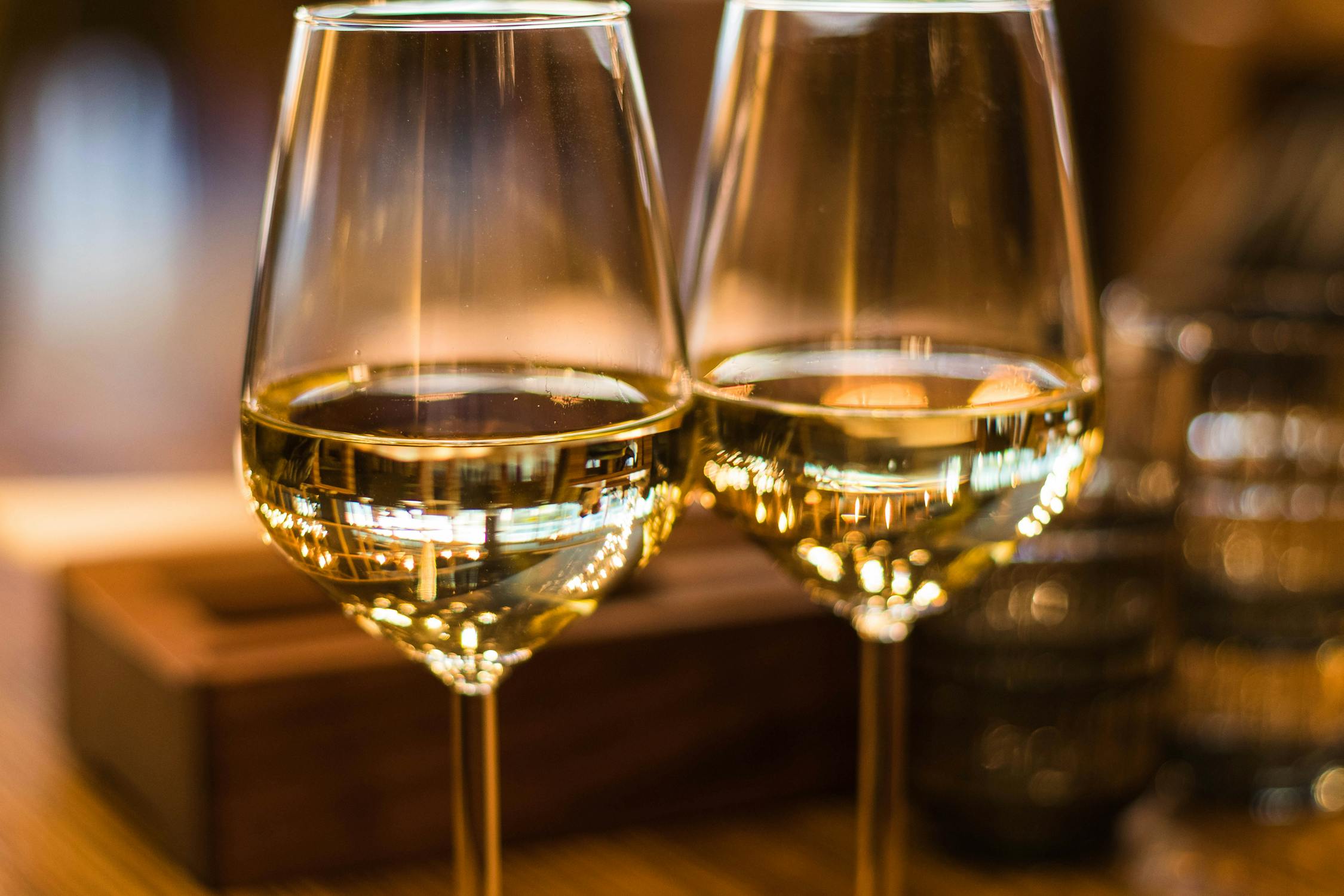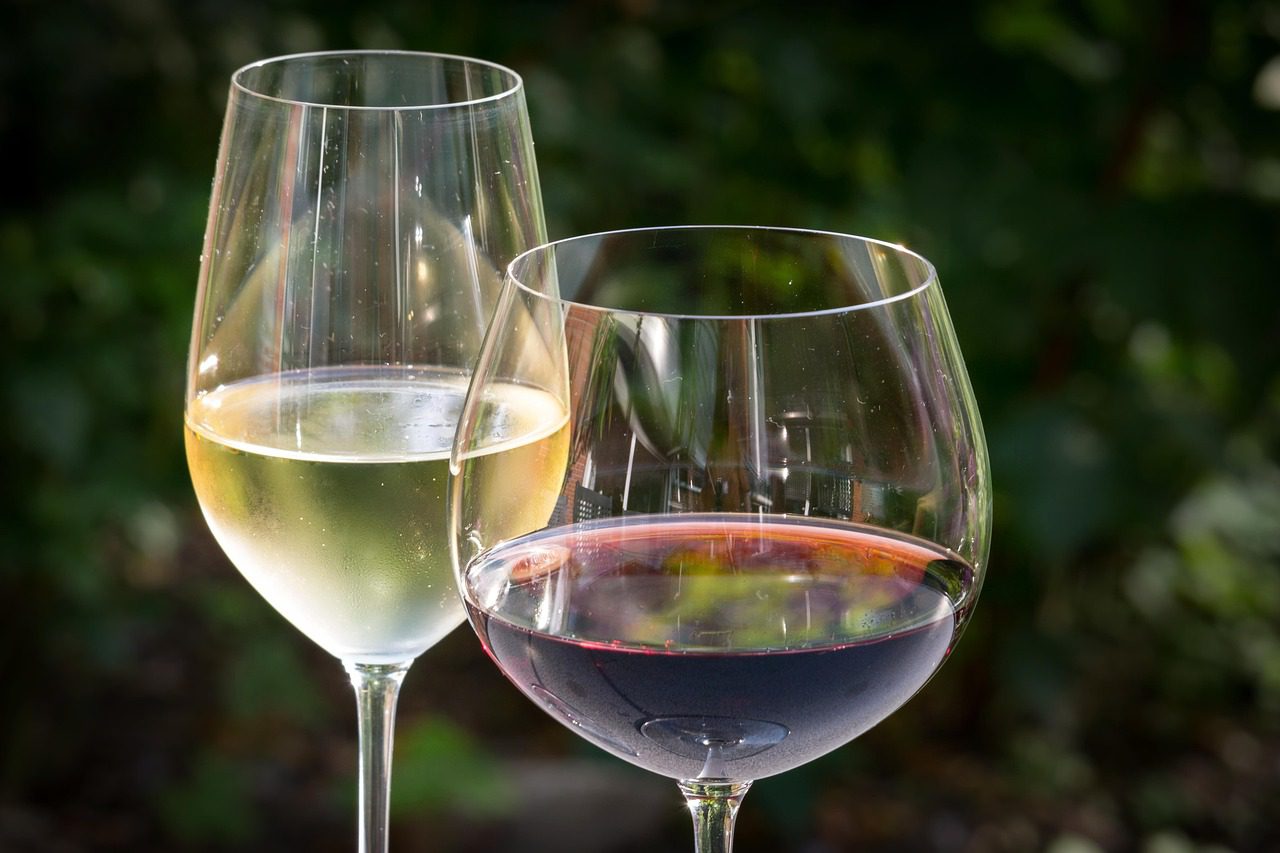Cypriot wine service combines ancient traditions with modern serving techniques to enhance the unique qualities of Cyprus’s indigenous grape varieties. From precise temperature control to specific glassware selection, every aspect of Cypriot wine presentation is carefully considered to highlight the distinctive characteristics that make these Mediterranean wines special.
Key Takeaways
- Cypriot red wines are best served at 16-18°C, slightly cooler than most European reds
- White wines like Xynisteri should be chilled to 8-12°C to preserve their crisp acidity
- The traditional meze culture perfectly complements Cypriot wine service with multiple small dishes
- Commandaria, Cyprus’s legendary dessert wine, requires specialized glassware and serving temperatures
- Proper aeration techniques vary significantly between young reds and aged wines
The Perfect Temperature for Cypriot Wines
Temperature plays a crucial role in how Cypriot wines express their flavors and aromas. Unlike many European counterparts, Cypriot red wines benefit from slightly cooler serving temperatures of 16-18°C (60-64°F). This temperature range helps balance the tannins while highlighting the fruit profiles typical of varieties like Maratheftiko and Lefkada.
For white wines, particularly the indigenous Xynisteri grape variety, the ideal temperature falls between 8-12°C (46-54°F). Serving at this range preserves the crisp acidity and citrus notes that make these wines refreshing companions to Cyprus’s Mediterranean cuisine. Commandaria, the island’s historic dessert wine, shows its best qualities when served at 10-14°C (50-57°F), balancing its natural sweetness with complex nutty flavors.

Choosing the Right Glassware
The proper glass can dramatically enhance a Cypriot wine’s aromatics and flavor profile. For red varieties like Maratheftiko and Giannoudi, broad-bowled Bordeaux-style glasses allow optimal oxidative aeration, softening tannins and releasing complex aromas. White wines benefit from narrower-rimmed glasses that concentrate their citrus and floral characteristics.
Commandaria deserves special attention with its dedicated glassware. Traditional port glasses or specially designed Riedel glasses intensify its dried-fruit bouquet while directing the sweetness to specific areas of the palate. Despite modern trends, stemless glasses are generally discouraged for premium Cypriot wines as hand contact can warm the wine beyond its ideal serving temperature.
The Art of Cypriot Food Pairings
Cyprus’s meze culture transforms wine pairing into a communal celebration. A typical meze spread includes 15-30 small dishes, creating multiple opportunities for wine and food pairings. These combinations often follow traditional patterns:
- Crisp Xynisteri with grilled halloumi cheese
- Medium-bodied Maratheftiko rosé with octopus or calamari
- Full-bodied red Mavro with lamb or game meats
- Sweet Commandaria with traditional desserts or blue cheese
Seasonal considerations also influence pairings. Spring salads pair beautifully with Assyrtiko, while autumn game dishes complement the robust character of aged Mavro wines. This approach to food and wine reflects Cyprus’s agricultural rhythms and culinary heritage.
Traditional and Ceremonial Practices
Wine service in Cyprus extends beyond casual dining into ceremonial traditions. During Orthodox wedding ceremonies, Commandaria is often shared from a single ceremonial cup, symbolizing the couple’s unity. The wine’s historical significance—dating back to the 12th century—adds depth to these rituals.
Cyprus also celebrates its wine culture through public demonstrations, such as the traditional “Dance of the Glasses” which has evolved into record-setting performances. These cultural expressions highlight the central role wine plays in Cypriot identity and heritage.
Serving Commandaria: Cyprus’s Legendary Dessert Wine
As one of the world’s oldest continuously produced wines, Commandaria follows specific serving protocols. Standard pours are smaller than table wines—typically 60ml in port-style glasses—allowing appreciation of its intense flavors without overwhelming the palate.
The wine’s remarkable aging potential means older bottles may require decanting to separate sediment. Protected Designation of Origin (PDO) regulations ensure authentic Commandaria comes only from 14 designated villages using sun-dried Xynisteri and Mavro grapes, resulting in a distinctive sweet wine with fig and caramel notes.
Storage and Aeration Techniques
Proper storage ensures Cypriot wines reach the glass in optimal condition. Most varieties benefit from consistent temperatures around 12-14°C in dark environments. Young red wines, particularly tannic varieties like Maratheftiko, improve significantly when decanted for 30 minutes or more before serving.
White wines generally require minimal aeration—a gentle swirl in the glass is usually sufficient. Commandaria’s fortified nature makes it more resilient to storage variations, though proper conditions will preserve its complex characteristics for decades or even centuries.
Standard Serving Quantities
Cypriot wine service typically follows Mediterranean traditions of moderation. Standard pours for table wines average 150ml, while Commandaria is served in smaller 60ml portions due to its intensity and higher alcohol content.
Traditional tavernas often serve house wines in 500ml carafes, ideal for sharing across a multi-course meze experience. This approach encourages social dining while allowing diners to explore different wine and food combinations throughout the meal.
Sources
CWF Expo – The Best Temperature to Serve Wine
CWF Expo – How is Cypriot Wine Served?
Vinglace – Wine Serving Temperature
Wine Lover Magazine – Commandaria Cyprus King of Dessert Wines





